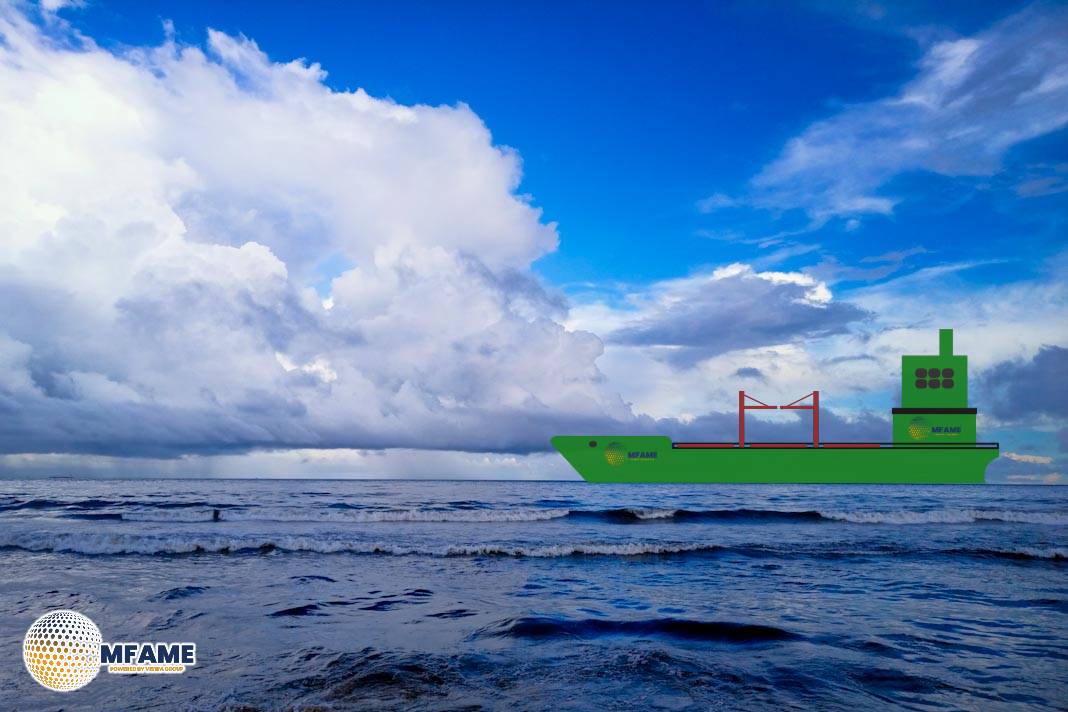- Brazil Gains as China Moves Away from Australian Iron and U.S. Soy.
- China-Brazil Trade Realignment Reshapes Global Shipping.
- Political and Trade Risks Drive China Toward Brazil.
Beijing’s decision to stop importing Australian iron ore linked to BHP, along with the U.S. tariffs on soybeans, has sped up a shift towards Brazil, which is becoming a dependable supplier and is aligning more diplomatically with China. What might seem like a tactical move in iron ore and soy is actually part of a larger realignment between China and Brazil that’s influencing diplomacy, investment, and trade flows, reports Break Wave Advisors.
Soybeans: A Shift Towards Brazil
With trade uncertainties on the rise, Chinese buyers are increasingly turning to Brazilian soy, where the production, costs, and logistics are well-suited to meet the growing demand. Brazilian exporters have fine-tuned their supply chains to focus on China, while Chinese processors appreciate the reliability and volume they can get from Brazil. The ban on BHP iron ore has made Australian ore more expensive, pushing China to look for diverse sourcing options and to strengthen partnerships that can help mitigate policy risks.
Strengthening Political Ties
The political relationship between China and Brazil is at its strongest in decades, with both countries coordinating their positions in international forums and collaborating practically within BRICS. This partnership brings a sense of stability in a volatile global landscape, making it easier to get export approvals and encouraging more Chinese investment in Brazil, even as regulatory scrutiny remains.
Growing Economic and Sustainability Connections
While commodities are still a major focus, Brazil’s manufacturing exports to China are on the rise. Chinese investments are flowing into electric vehicles, batteries, telecommunications, and logistics. Both nations are also working on implementing traceability and environmental standards for beef and soy to safeguard trade against ESG challenges.
Shipping Changes
- The shift from China to Brazil is altering shipping patterns:
- Longer distances from Brazil are increasing tonne-miles.
- Dry bulk shipping is experiencing longer Capesize cycles and tighter availability in the Atlantic.
- Agricultural shipping routes are being reshaped for Panamax and Supramax vessels.
- The crude oil route from Brazil to China is becoming a crucial VLCC pathway, providing hedging options in a fluctuating market.
Challenges and Strategic Outlook
Brazil cannot replace all Australian ore overnight, and logistics for soy and crude remain variable. Yet, the strategic focus is clear: China builds resilience with Brazil, while Brazil converts geopolitical friction into commercial opportunity without over-reliance on a single buyer.
Did you subscribe to our daily Newsletter?
It’s Free Click here to Subscribe!
Source: Break Wave Advisors


















